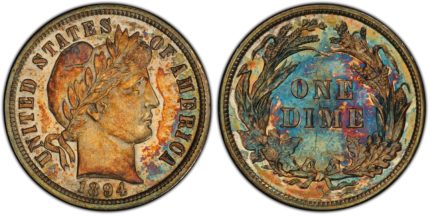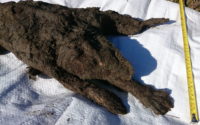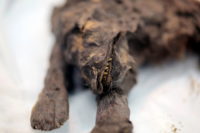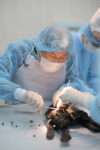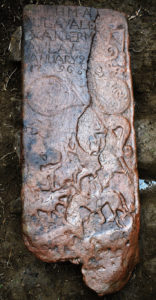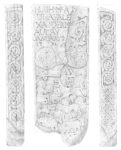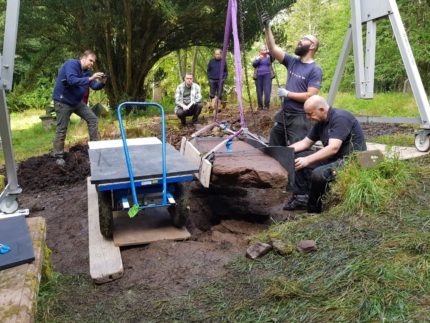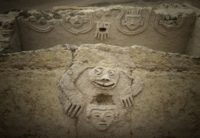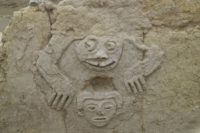As of Monday, August 26th, 17 of the traffic lights in Aarhus, Denmark, are using red and green Vikings to signal to pedestrians when it’s safe to cross the street.
The second-largest city in Denmark today, the fortified settlement of Aros was founded by Vikings in the 8th century. It was located at the mouth of the Aarhus river, a natural harbour of a fjord on the east coast of the Jutland peninsula and by the 10th century, it was a major center of trade, the seat of bishopric and defended by a powerful earth rampart that encircled the city.
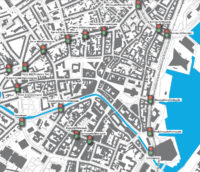 There are a couple of Danish cities that may have older pedigrees than Aarhus’, but Ribe and Hedeby (founded in the early 8th century) and other early Viking-settled towns can no longer boast their original layouts. The historic center of Aarhus today maps onto the medieval settlement. The structures have changed and ground level may have risen, but many of the streets in central Aarhus are exactly where they were in the 10th century. (Click on the arrows and drag left and right to compare the 10th century map to the center of modern Aarhus.) The 17 traffic lights encircle the Viking center.
There are a couple of Danish cities that may have older pedigrees than Aarhus’, but Ribe and Hedeby (founded in the early 8th century) and other early Viking-settled towns can no longer boast their original layouts. The historic center of Aarhus today maps onto the medieval settlement. The structures have changed and ground level may have risen, but many of the streets in central Aarhus are exactly where they were in the 10th century. (Click on the arrows and drag left and right to compare the 10th century map to the center of modern Aarhus.) The 17 traffic lights encircle the Viking center.
“Many people do not know about Aarhus’ special importance for the Viking period, and I want to change that. We want to tell the forgotten stories and rebrand Aarhus as the Viking city we are,” Aarhus Technology and Environment Councilor Bünyamin Simsek] said.
“On a modest budget, we can change selected pedestrian crossings and create value for both tourists and Aarhusianers,” he continued.
It is a cheap and cheerful way to mark a Viking Aarhus walking route. Each light costs 1,000 Danish kroner, less than 150 dollars, and they are just ridiculously charming. The old-school stick figures stand no more of a chance against the brutally cute invaders than the monks of Lindisfarne did.


